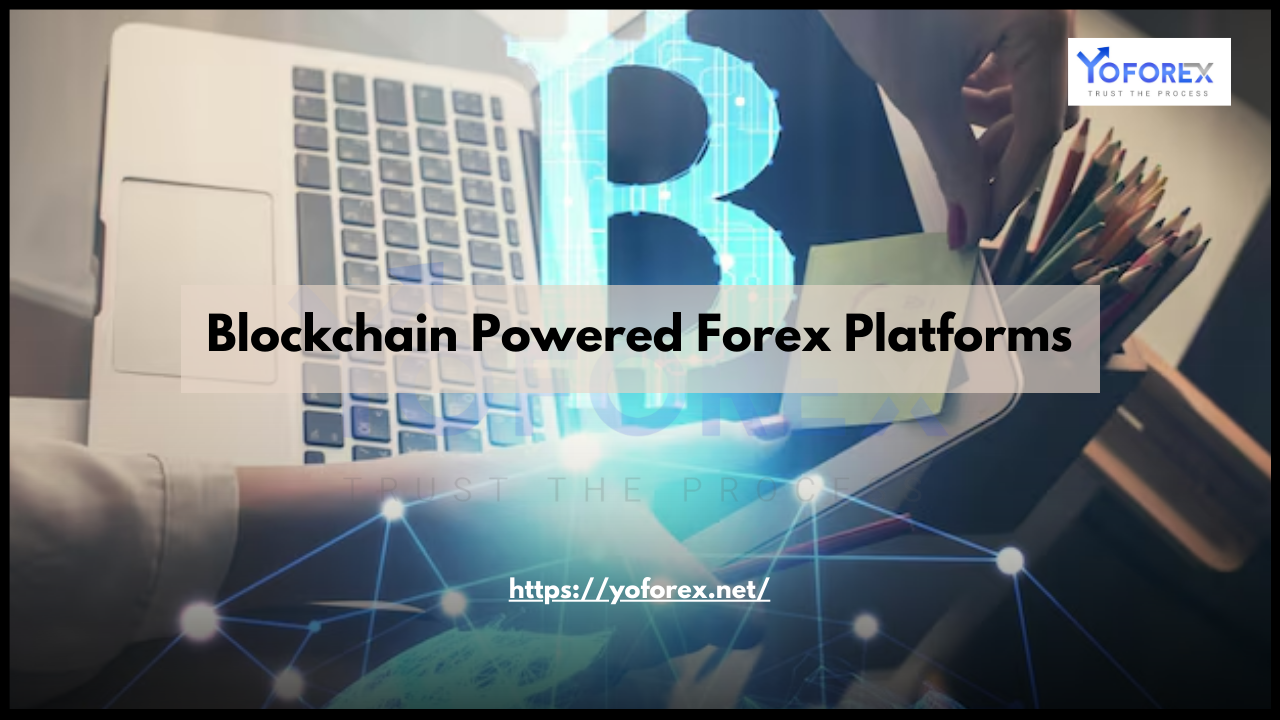The foreign exchange (forex) market is the largest and most liquid financial market in the world, with a daily trading volume exceeding $7 trillion. Despite its size, forex trading is plagued by challenges such as price manipulation, lack of transparency, and broker misconduct. Blockchain technology, with its decentralized and immutable nature, has the potential to revolutionize the forex market by eliminating market manipulation and fostering a transparent and fair trading environment.
This article explores how blockchain-powered forex platforms can eliminate market manipulation and ensure greater trust, security, and efficiency in forex trading.
Understanding Market Manipulation in Forex Trading
Market manipulation in forex trading occurs when brokers, institutions, or even large traders influence exchange rates or market conditions to gain unfair advantages. Some common forms of forex market manipulation include:
- Stop Hunting: Brokers and liquidity providers artificially move the price to trigger stop-loss orders and profit from the resulting market movements.
- Slippage and Requotes: Delayed order execution, artificial price adjustments, or order rejections to exploit traders.
- Price Fixing: Collusion among financial institutions to manipulate currency prices.
- Insider Trading: Exploiting non-public information for unfair trading advantages.
- Spoofing: Placing large orders to create misleading market trends and canceling them before execution.
These manipulative practices erode trader confidence and create an unfair trading environment. Blockchain technology offers a promising solution by introducing transparency, decentralization, and immutability into forex trading.

How Blockchain Can Eliminate Market Manipulation
1. Decentralization and Transparency
One of the biggest advantages of blockchain technology is its decentralized nature. Unlike traditional forex markets that rely on intermediaries such as brokers and liquidity providers, blockchain-based forex platforms eliminate the need for a central authority. Instead, transactions are recorded on a public ledger, accessible to all participants.
Transparency ensures that price movements, trade executions, and order books are visible to all, making it impossible for market participants to engage in manipulation undetected.
2. Immutable Ledger and Trade Verification
Blockchain’s immutability ensures that once a transaction is recorded, it cannot be altered or deleted. This eliminates the possibility of brokers tampering with order execution data, price history, or trade settlements. Traders can verify their transactions and hold brokers accountable, reducing fraudulent activities.
Additionally, smart contracts can automate trade executions, ensuring that orders are processed fairly without human intervention or manipulation.
3. Smart Contracts for Automated Trade Execution
Smart contracts are self-executing contracts with pre-defined conditions coded into the blockchain. They eliminate human intervention in trade execution, reducing risks of slippage, requotes, or artificial price adjustments.
For example, a trader placing a buy order at a specific price can have it executed automatically without broker interference. This guarantees fair execution, preventing brokers from manipulating prices or delaying order placements.
4. Real-Time Settlement and Elimination of Intermediaries
Traditional forex trading relies on intermediaries such as banks, brokers, and clearing houses for trade settlement, which introduces delays and additional costs. Blockchain enables real-time settlements through decentralized networks, reducing counterparty risks and eliminating manipulation opportunities.
By removing intermediaries, traders can interact directly with the market, ensuring more transparent and efficient trading conditions.
5. Decentralized Price Feeds and Oracle Networks
A major issue in traditional forex trading is the reliance on centralized price feeds, which can be manipulated. Blockchain-powered platforms use decentralized oracles to aggregate exchange rate data from multiple independent sources, ensuring price accuracy and fairness.
Decentralized oracles prevent price distortions and ensure that all market participants receive the same price information without manipulation.
6. Auditability and Regulatory Compliance
Regulatory agencies often struggle to monitor forex markets due to their opaque structure. Blockchain’s transparent and auditable nature allows regulators to track transactions, detect anomalies, and enforce compliance efficiently.
Regulatory bodies can integrate blockchain technology to ensure market integrity, monitor suspicious activities, and prevent fraudulent trading practices.
Challenges and Considerations for Blockchain Adoption in Forex Trading
Despite its potential, blockchain-powered forex trading faces several challenges:
- Scalability Issues: Blockchain networks need to handle high-frequency trading volumes efficiently.
- Adoption Resistance: Brokers and financial institutions benefiting from the current system may resist blockchain implementation.
- Regulatory Uncertainty: Governments and regulatory bodies must establish clear guidelines for blockchain-based forex trading.
- Integration with Existing Infrastructure: Traditional forex platforms must integrate blockchain without disrupting current market structures.
Overcoming these challenges requires industry-wide collaboration, regulatory clarity, and technological advancements to ensure smooth blockchain adoption in forex trading.
Conclusion
Blockchain-powered forex platforms have the potential to eliminate market manipulation, enhance transparency, and create a fair trading ecosystem. By leveraging decentralization, immutability, smart contracts, and real-time settlements, blockchain can revolutionize forex trading and restore trader confidence.
While challenges remain, continued innovation and regulatory support can pave the way for a future where forex trading is free from manipulation, ensuring a level playing field for all participants. As blockchain technology evolves, its adoption in forex trading will likely become a game-changer in the financial industry.

